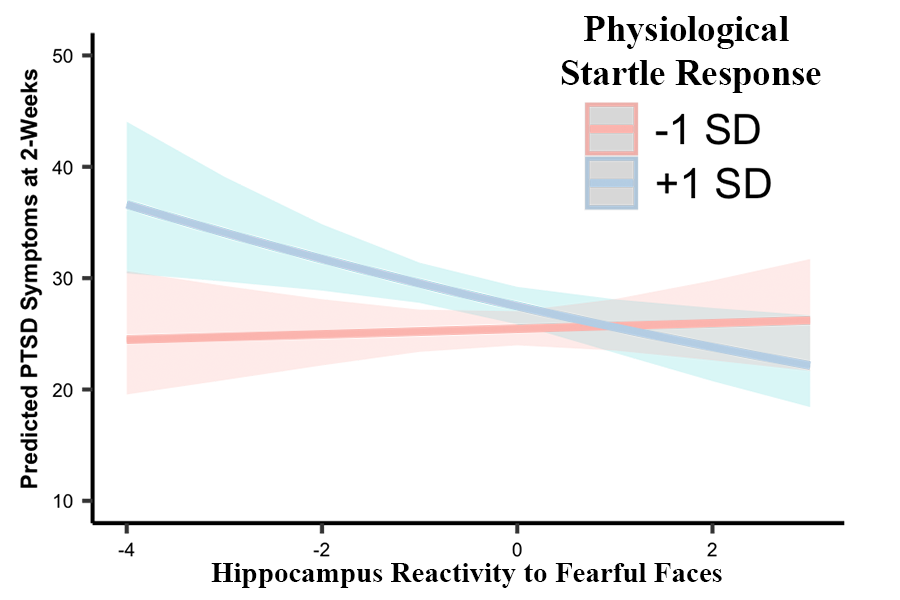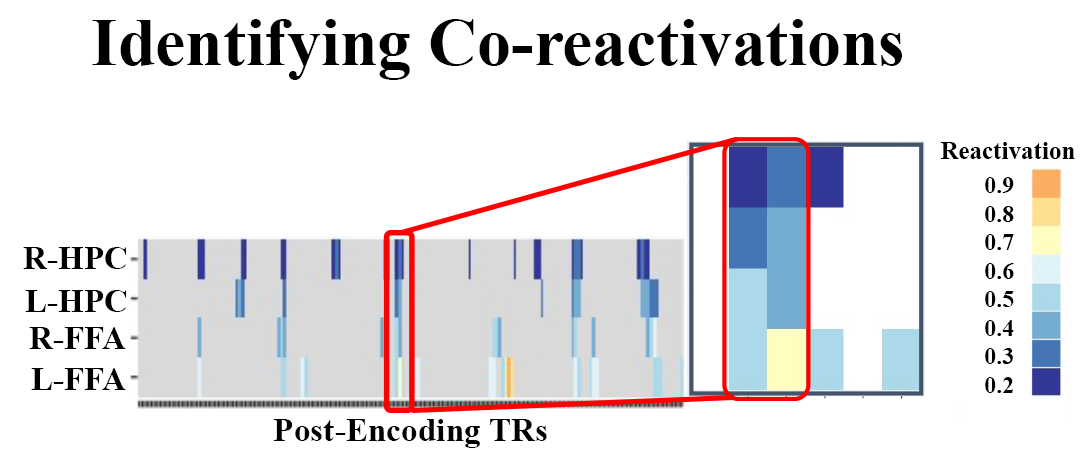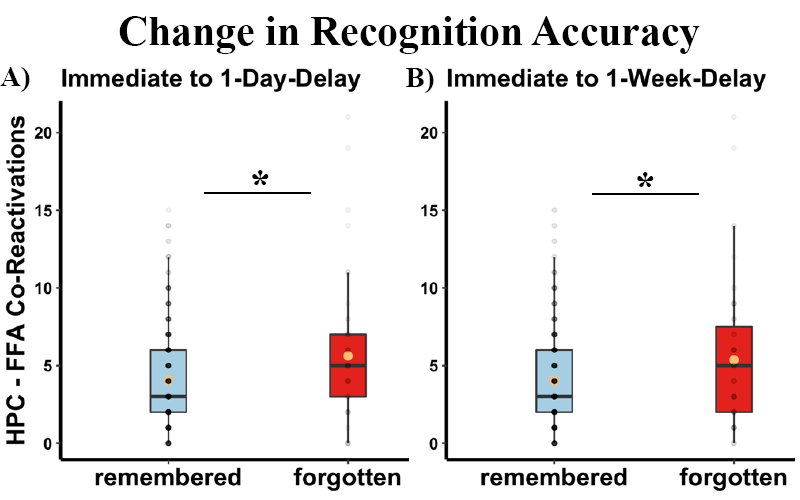How does our brain process traumatic experiences?
In this project, I investigated how trauma-exposed individuals respond to threatening information neurally and physiologically. I found that individuals who showed heightened threat-related activity in the hippocampus and stronger stress-related physiological responses reported more severe PTSD symptoms.
These findings suggest that disrupted hippocampal responses may serve as a biomarker for PTSD vulnerability, particularly in explaining the failure to distinguish between safety and threat. This impairment may lead individuals to generalize fear across safe and unsafe situations, increasing risk for chronic distress and maladaptive behavior.
Paper available here.
These findings suggest that disrupted hippocampal responses may serve as a biomarker for PTSD vulnerability, particularly in explaining the failure to distinguish between safety and threat. This impairment may lead individuals to generalize fear across safe and unsafe situations, increasing risk for chronic distress and maladaptive behavior.
Paper available here.



